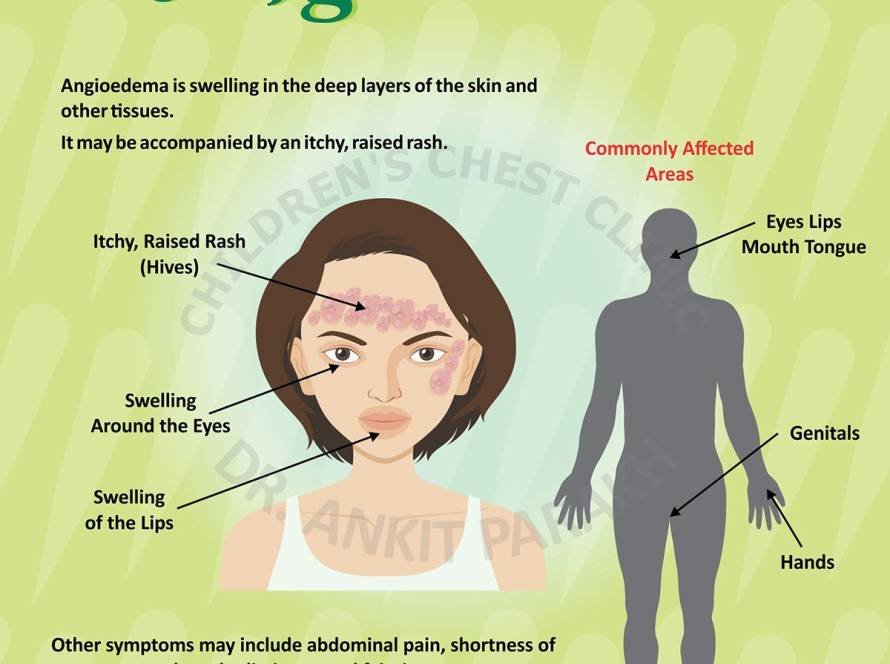When do we need to get Adenoids removed in children?
Adenoids are small patches of tissue located at the back of the nasal passage. They play a role in the immune system during early childhood but often shrink as a child grows. However, in some children, enlarged adenoids can cause significant health issues, making adenoidectomy (surgical removal of adenoids) necessary. But how do parents know when it’s time to consider surgery? Let’s explore the key signs and conditions that indicate the need for adenoid removal.
Signs That Indicate the Need for Adenoid Removal
1. Persistent Nasal Blockage and Breathing Issues
Children with enlarged adenoids often struggle with nasal congestion, mouth breathing, and difficulty breathing through their nose. This can lead to chronic dry mouth, bad breath, and discomfort.
2. Frequent Ear Infections (Otitis Media with Effusion)
Adenoids are close to the eustachian tubes, which connect the middle ear to the throat. When adenoids become enlarged, they can block these tubes, leading to fluid buildup in the ear. This can cause frequent ear infections, hearing problems, and speech delays.
3. Sleep Apnea and Sleep Disturbances
One of the most common reasons for adenoidectomy is sleep apnea, a condition where breathing is repeatedly interrupted during sleep. Enlarged adenoids can obstruct the airway, causing snoring, restless sleep, pauses in breathing, and excessive daytime sleepiness.
4. Recurrent Sinus Infections
Children with large adenoids may experience frequent sinus infections due to blocked nasal passages. If sinus infections are persistent and do not respond to medication, removal may be considered.
5. Adenoid Facies
Chronic mouth breathing due to enlarged adenoids can lead to adenoid facies, a condition characterized by an elongated face, open mouth posture, dental misalignment, and speech abnormalities. Early intervention can help prevent these long-term facial structure changes.
When Is Adenoidectomy Recommended?
Doctors typically recommend adenoidectomy when:
- The child experiences chronic breathing difficulties due to enlarged adenoids.
- There are recurrent or persistent ear infections, especially Otitis Media with Effusion, affecting hearing and speech development.
- Sleep apnea or significant snoring is present, leading to poor sleep quality.
- Frequent sinus infections and nasal congestion do not respond to medication.
- Adenoid facies is developing due to long-term mouth breathing.
Investigations Required Before Adenoidectomy
Before proceeding with adenoidectomy, some investigations are required to assess the severity of the condition and rule out other causes. These may include:
- Nasal Endoscopy: A small flexible camera inserted through the nose to evaluate the size of the adenoids and their impact on airflow.
- Lateral Neck X-ray: Helps visualize the extent of enlarged adenoids and their effect on the airway.
- Sleep Study (Polysomnography): Recommended if sleep apnea is suspected to determine the severity of breathing disturbances.
- Tympanometry: Used to assess middle ear function and detect Otitis Media with Effusion.
- Allergy Testing: Sometimes conducted to rule out allergic causes contributing to chronic nasal congestion and adenoid enlargement.
Recovery After Adenoidectomy
Adenoidectomy is a common and safe procedure with a short recovery period. Most children recover within a week, experiencing mild throat discomfort. Parents should ensure proper hydration, soft foods, and pain management as prescribed by the doctor.
Adenoidectomy is a beneficial procedure for children suffering from enlarged adenoids, sleep apnea, otitis media with effusion, and adenoid facies. If your child experiences persistent symptoms, consult a pediatric pulmonologist to determine the best course of action. Early intervention can lead to improved breathing, better sleep, and overall better quality of life.
Conclusion
1. Can enlarged adenoids shrink on their own?
Yes, in many children, adenoids shrink as they grow older. However, if symptoms persist or worsen, medical evaluation is necessary.
2. Is adenoidectomy a painful procedure?
Adenoidectomy is performed under general anesthesia, so children do not feel pain during the surgery. Mild discomfort and sore throat are common during recovery.
3. Does adenoid removal affect the immune system?
Adenoids play a role in early immunity, but their removal does not significantly impact the immune system since other tissues compensate for their function.
4. Will my child’s voice change after adenoidectomy?
Some children may have a temporary change in voice due to improved nasal airflow. This typically resolves within a few weeks.
5. Can adenoids grow back after removal?
In rare cases, adenoids can partially regrow, but this is uncommon and usually does not cause significant issues.






